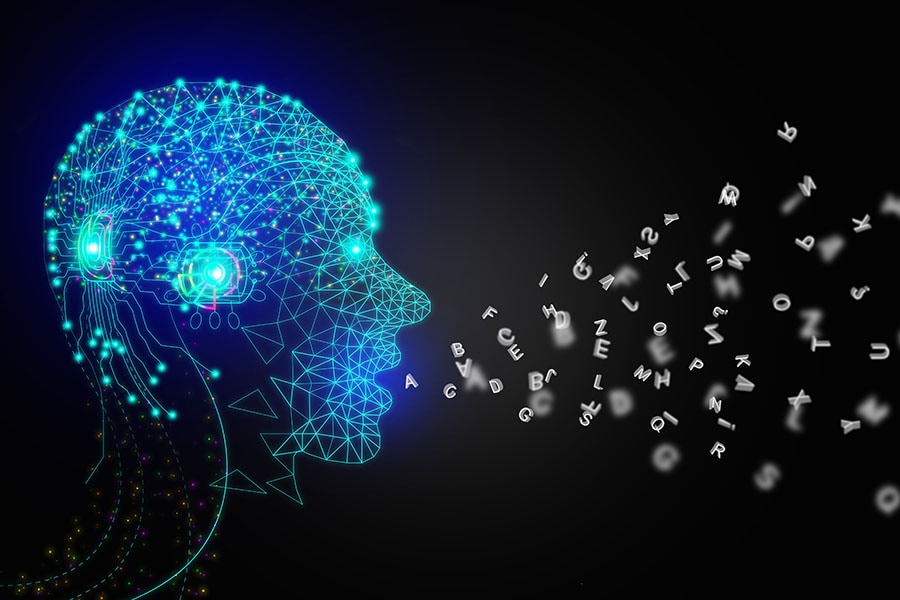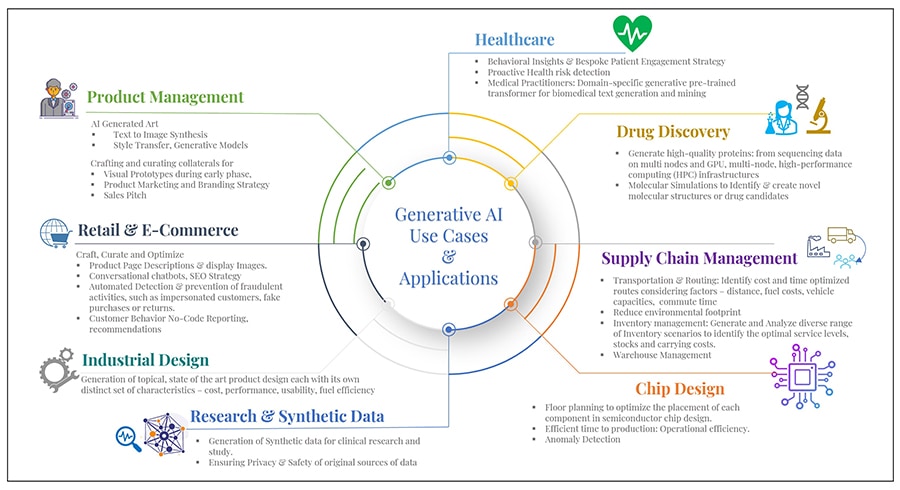
Navigating through the ethos and sophistication of Generative AI
Generative AI has been the underpinning and steering factor as AI advances from auto-pilot mode to co-pilot mode. Now the new course—of fairness, equity, bias-free development, and deployment—will require responsible policymaking
 Generative AI has been not only the underpinning but also the steering factor as AI advances from auto-pilot mode to co-pilot mode—in the role of an advisor, therapeutic assistant, or coach, working with us as our companion, co-creating, crafting, and collaborating with us seamlessly in an equal partnership.
Image: Shutterstock
Generative AI has been not only the underpinning but also the steering factor as AI advances from auto-pilot mode to co-pilot mode—in the role of an advisor, therapeutic assistant, or coach, working with us as our companion, co-creating, crafting, and collaborating with us seamlessly in an equal partnership.
Image: Shutterstock
Thanks to the AI-infused breakthrough and trailblazing advancements, the race to AI supremacy has gained unprecedented steam. Amidst all the expanding dimensions and evolving developments in this arena, Generative AI has emerged as the most potent technology in the digital arsenal.
Its accelerated adoption, scores of use cases and ubiquity permeating across the spectrum of industries have been underpinning the watershed moment we are witnessing in AI history. Upon its launch, ChatGPT—an application of Generative AI-based Large Language Models—took just a couple of months to garner 100 million user bases. A remarkable record compared to most of the present-day popular social networking/messaging apps. Generative AI, in its present state, has traversed a long way to represent the crossing of a Rubicon. Flipping through the pages of its chronicle, the first exploration and experiments with Generative AI date to the mid-1960s when Joseph Weizenbaum programmed 'Eliza', a chatbot intended to act as a psychotherapist. However, it was not until 2014 that it started capturing people's imagination and attention when Ian Goodfellow introduced Generative Adversarial Network (GAN)—a Generator and Discriminator based Deep Learning model.
The Large Language and Multimodal are the prominent applications of GANs powered by the transformer architecture, attention mechanism and RLHF (Reinforcement Learning through Human Feedback). Devouring a mountain of data and colossal computing power, these models craft, create and conjure up a piece of text or multimedia with statistical and probabilistic pastiche in an increasingly impressive way. Then, be it journaling a vivid travelogue, creating AI-rendered selfies and paintings, summarising the highlights from a recently concluded webinar, composing a soulful rendition, or creating a customised interior design and art piece for your newly occupied home or office, it creates hyper-realistic outputs—quite close to human-like creations and inspired imaginations, with exceeding speed, finesse, and panache.
Steering the productivity bandwagon, Generative AI has been not only the underpinning but also the steering factor as AI advances from auto-pilot mode to co-pilot mode—in the role of an advisor, therapeutic assistant, or coach, working with us as our companion, co-creating, crafting, and collaborating with us seamlessly in an equal partnership. Harmonising time and effort, its range of applications can vary from drafting the first version of a professional email to iterate and edit to creating illustrious presentations and writing pieces of code when prompted, to analysing topical trends, statistics and generating distilled analytics and visualisation on top a given dataset while also summarising key discussion points from a hybrid meeting. In the co-pilot mode, it is poised to metamorphosis the fundamental way people work as the groundwork is taken care of by the Generative AI, enabling you to invest in your thoughts and time to curate a more meaningful, differentiated and impact-oriented final output.
[This article has been published with permission from IIM Bangalore. www.iimb.ac.in Views expressed are personal.]








